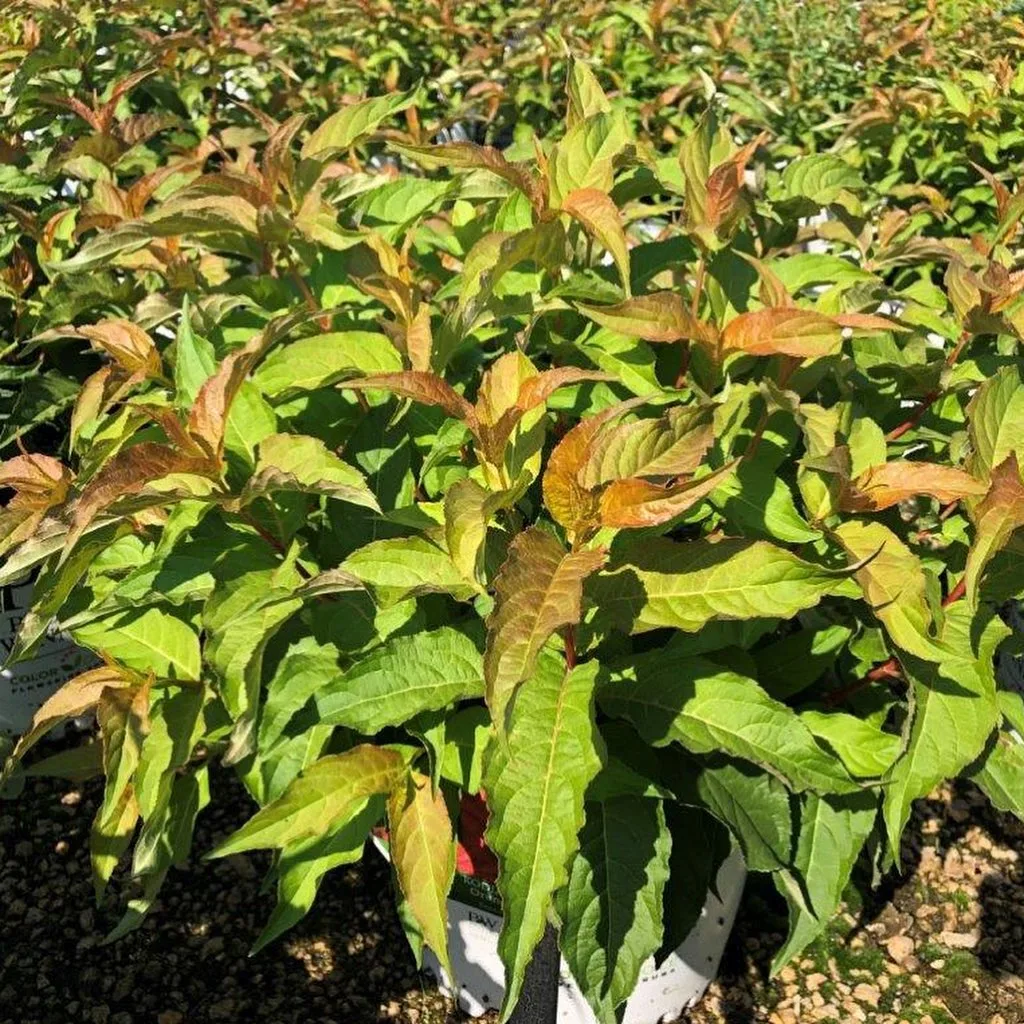Adenia Glauca: Frequently Asked Questions
Adenia Glauca, also known as the Madagascan Spurge or Baobab Succulent, is a fascinating plant that’s captured my attention for its unique appearance and interesting care requirements. Whether you’re considering adding this plant to your collection or just curious about its features, here’s a comprehensive guide based on my experiences with Adenia Glauca.
105 Species in Genus Adenia
What Is Adenia Glauca?
Adenia Glauca is a succulent plant native to Madagascar. It’s known for its distinctive, bulbous trunk that resembles a miniature baobab tree. This plant can grow up to 12 inches tall and has a sprawling habit, with its leaves forming a rosette at the top of the trunk. Its unique appearance makes it a standout in any collection, but it also requires specific care to thrive.
How to Grow Adenia Glauca?
Growing Adenia Glauca is relatively straightforward if you understand its needs. The plant thrives in well-draining soil, so a cactus or succulent mix works best. I recommend using a pot with drainage holes to prevent waterlogging, which can cause root rot. When planting, make sure the bulbous base is partially above the soil to mimic its natural growing conditions.
Adenia Glauca prefers bright, indirect light. While it can tolerate some direct sunlight, too much can scorch its leaves. I’ve found that a spot near a south-facing window with filtered light is ideal. During the growing season (spring and summer), water the plant thoroughly but allow the soil to dry out completely between waterings. In winter, reduce watering to prevent the plant from going dormant.
How to Care for Adenia Glauca?
Caring for Adenia Glauca involves a few key practices:
- Watering: As mentioned, ensure the soil dries out between waterings. Overwatering can lead to root rot, a common issue with succulents.
- Light: Provide bright, indirect light to keep the plant healthy. A lack of light can cause it to become leggy and lose its compact shape.
- Temperature: Adenia Glauca prefers warm temperatures, ideally between 65°F and 85°F (18°C to 29°C). It’s not frost-tolerant, so if you live in a region with cold winters, consider moving it indoors during the colder months.
- Fertilizing: Feed the plant with a balanced, diluted fertilizer once a month during the growing season. Avoid fertilizing in winter when the plant’s growth slows down.
How to Propagate Adenia Glauca?
Propagation of Adenia Glauca can be done through seeds or cuttings. I’ve had success with both methods:
- Seeds: Plant the seeds in a well-draining soil mix and keep them moist but not waterlogged. Place the seed tray in a warm, bright location. Germination can take several weeks.
- Cuttings: Take a healthy stem cutting and let it dry for a day or two to form a callus. Plant the cutting in a succulent mix and water lightly until it establishes roots.
What to Plant With Adenia Glauca?
When planting Adenia Glauca, it pairs well with other succulents or cacti. Plants like Echeveria, Lithops, or even smaller Aloe varieties can create an attractive, low-maintenance arrangement. Ensure all companion plants have similar water and light requirements to keep the entire arrangement healthy.
Can You Grow Adenia Glauca Indoors?
Yes, Adenia Glauca can be grown indoors, provided it gets enough light. Place it near a bright window with filtered sunlight. In lower light conditions, it may not grow as vigorously but can still be a striking addition to your indoor plant collection.
Is Adenia Glauca Toxic?
Adenia Glauca is considered toxic if ingested, like many succulents. It contains compounds that can cause gastrointestinal upset if consumed. Keep it out of reach of children and pets to avoid any potential issues.
Benefits of Adenia Glauca
Aside from its striking appearance, Adenia Glauca offers several benefits:
- Unique Aesthetic: Its bulbous trunk and lush foliage make it an eye-catching plant.
- Low Maintenance: It’s relatively easy to care for compared to many other houseplants.
- Drought Tolerance: Its succulent nature means it can tolerate periods of neglect, making it ideal for busy or forgetful plant owners.
Common Problems with Adenia Glauca
Despite its resilience, Adenia Glauca can encounter a few issues:
- Root Rot: Overwatering is the most common problem. Ensure proper drainage and let the soil dry out between waterings.
- Pests: Watch out for mealybugs and spider mites. Regular inspection and treatment with insecticidal soap can help keep pests at bay.
Compare with Other Similar Plants
Adenia Glauca is often compared to other succulents with bulbous bases, like the Pachypodium. However, while both have a similar trunk structure, Adenia Glauca is more of a true succulent with different care requirements compared to the more tree-like Pachypodium.
In summary, Adenia Glauca is a fascinating plant that can add a unique touch to your collection. With proper care, it thrives and becomes a centerpiece in any plant arrangement. Whether you’re growing it indoors or out, understanding its needs will help you keep this intriguing plant healthy and vibrant.
If i die, water my plants!



